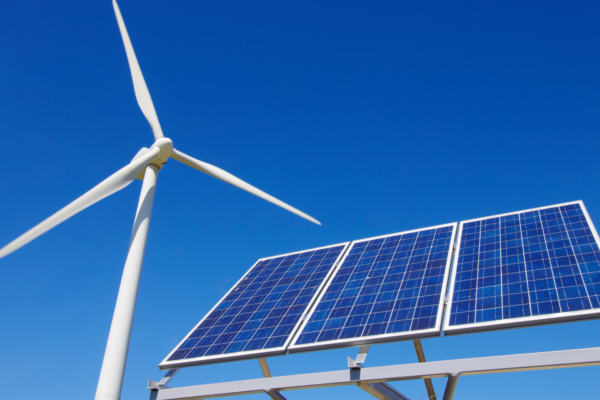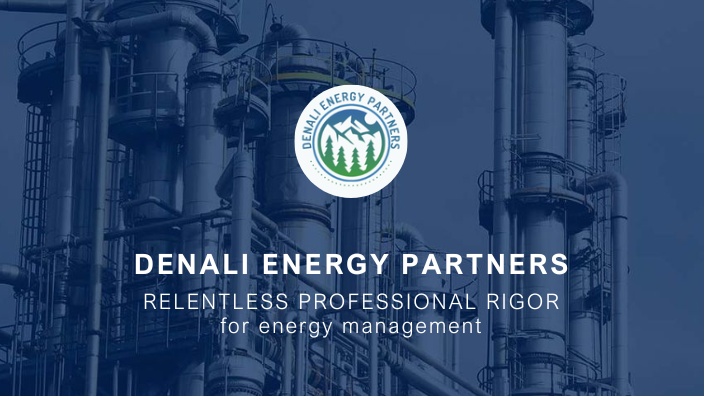Financial Challenges of CFE and Their Impact on Industrial Parks
Denali-ep
| 22 de octubre de 2024
Financial Challenges of CFE and Their Impact on Industrial Parks
Introduction
The Comisión Federal de Electricidad (CFE) is a fundamental pillar in the supply of electricity in Mexico, and its financial stability is crucial for the development of various sectors, including industrial parks. These parks, which are key engines of the Mexican economy, depend on a reliable and affordable electricity supply. However, CFE faces a series of financial challenges that could significantly impact industrial parks. In this article, we will analyze the main financial challenges of CFE and how they affect industrial parks.
Context of CFE and Industrial Parks in Mexico
Importance of CFE in the Energy Sector
CFE is the primary company responsible for the generation, transmission, and distribution of electricity in Mexico. Its role is crucial in ensuring that both homes and industries, including industrial parks, have a stable and reliable energy supply.
Role of Industrial Parks in the Mexican Economy
Industrial parks are strategic areas where multiple companies from various sectors are concentrated. These parks are essential to the Mexican economy as they generate jobs, foster investment, and contribute to regional development.
Main Financial Challenges of CFE
High Debt Levels
One of the biggest challenges facing CFE is its high level of debt. The company has accumulated substantial debt, creating significant financial pressure. This situation limits CFE's ability to invest in infrastructure, which is crucial for maintaining a reliable electricity supply to industrial parks.
Operational Deficit
CFE's operational deficit is another major issue. The company's operating costs often exceed its revenues, leading to a constant deficit. This deficit can result in reduced quality of electrical service, directly affecting the industrial parks that rely on a continuous and stable supply.
Competition from the Private Sector
The opening of the Mexican energy market to private competition has placed additional pressure on CFE. Private companies, with more advanced technologies and lower operating costs, are capturing a significant market share. This competition can divert resources and attention from CFE, affecting its ability to meet the needs of industrial parks.
High Generation and Distribution Costs
The costs of generating and distributing electricity are high due to outdated infrastructure and dependence on fossil fuels. These high costs translate into higher electricity rates, which can affect the competitiveness of industrial parks by increasing their operational costs.
Dependence on Subsidies
Government subsidies are a tool that CFE uses to keep rates low, but they also represent a significant financial burden. Dependence on these subsidies limits CFE's ability to improve its infrastructure and services, which can negatively impact the quality of electricity supply to industrial parks.

Impact of CFE's Financial Challenges on Industrial Parks
Increased Operating Costs
CFE's financial challenges, such as high generation and distribution costs, can lead to an increase in electricity rates for industrial parks. This raises the operational costs for companies within these parks, affecting their competitiveness both nationally and internationally.
Risk of Power Supply Interruptions
CFE's debt and operational deficit can impact its ability to maintain and improve electrical infrastructure. This increases the risk of power supply interruptions, which could be devastating for industrial parks where continuity in production is key.
Limitations on Expansion and Modernization of Industrial Parks
CFE's financial problems may limit its ability to invest in new infrastructure or modernize existing ones. This could slow down the expansion of industrial parks and limit the attraction of new investments, negatively impacting regional economic development.
Dependence on Alternative Solutions
Given the uncertainty regarding the quality and stability of electricity supply, some industrial parks may be forced to seek alternative solutions, such as generating their own energy through renewable sources. While this may mitigate risks, it also involves additional costs and logistical challenges.
Strategies to Mitigate the Impact on Industrial Parks
Collaboration Between CFE and Industrial Parks
Encouraging greater collaboration between CFE and industrial park managers is crucial to proactively identify and resolve electricity supply issues. Continuous communication and joint planning can help mitigate risks.
Investments in Energy Infrastructure
It is vital for both CFE and industrial parks to invest in modernizing energy infrastructure. This includes implementing more efficient technologies and improving the distribution network to ensure a more stable and higher quality supply.
Diversification of Energy Sources
To reduce dependence on CFE and mitigate risks associated with its financial situation, industrial parks can consider diversifying their energy sources. Investing in renewable energies such as solar or wind can provide greater autonomy and stability in supply.
Optimization of Energy Consumption
Industrial parks can implement energy efficiency measures to reduce their consumption and, consequently, their costs. This not only alleviates pressure on CFE but also contributes to the sustainability and competitiveness of the companies within the parks.
Evaluation of Alternative Financing Solutions
Exploring alternative financing options, such as public-private partnerships or private investment in energy infrastructure, may be a solution to address CFE's financial challenges and ensure an adequate electricity supply for industrial parks.
Conclusion
The financial situation of CFE presents significant challenges for both the company and the sectors that depend on its supply, including industrial parks. The stability and development of these parks are intrinsically linked to CFE's ability to overcome its financial hurdles. It is essential to implement strategies at both the government and business levels to mitigate the impact of these challenges and ensure a reliable and affordable electricity supply that allows industrial parks to remain key drivers of economic growth in Mexico.
What are the main financial challenges faced by CFE?
CFE faces several financial challenges, including high levels of debt, operational deficits, competition from private companies, elevated costs of electricity generation and distribution, and dependence on government subsidies. These challenges limit its ability to invest in infrastructure and maintain reliable service.
How do CFE's financial issues impact industrial parks?
The financial issues of CFE can lead to increased operating costs for industrial parks due to higher electricity rates. Additionally, these challenges may result in reduced service quality, risks of power supply interruptions, and limitations on infrastructure expansion and modernization, negatively affecting the competitiveness of businesses within the parks.
What can industrial parks do to mitigate the impact of CFE's financial challenges?
Industrial parks can mitigate the impact by collaborating with CFE to address supply issues, investing in energy infrastructure, diversifying their energy sources with renewable options, optimizing energy consumption for efficiency, and exploring alternative financing solutions for energy projects.
Why is collaboration between CFE and industrial parks important?
Collaboration is essential for identifying and resolving electricity supply issues proactively. By working together, CFE and industrial park managers can ensure better communication and joint planning, leading to a more reliable energy supply and minimized risks associated with financial challenges.
How does CFE's dependence on subsidies affect industrial parks?
CFE's dependence on government subsidies allows it to maintain lower electricity rates, which benefits industrial parks. However, this reliance also limits CFE's ability to invest in infrastructure improvements and services, which can eventually lead to reduced supply quality and reliability for industrial parks, impacting their operations and growth.




